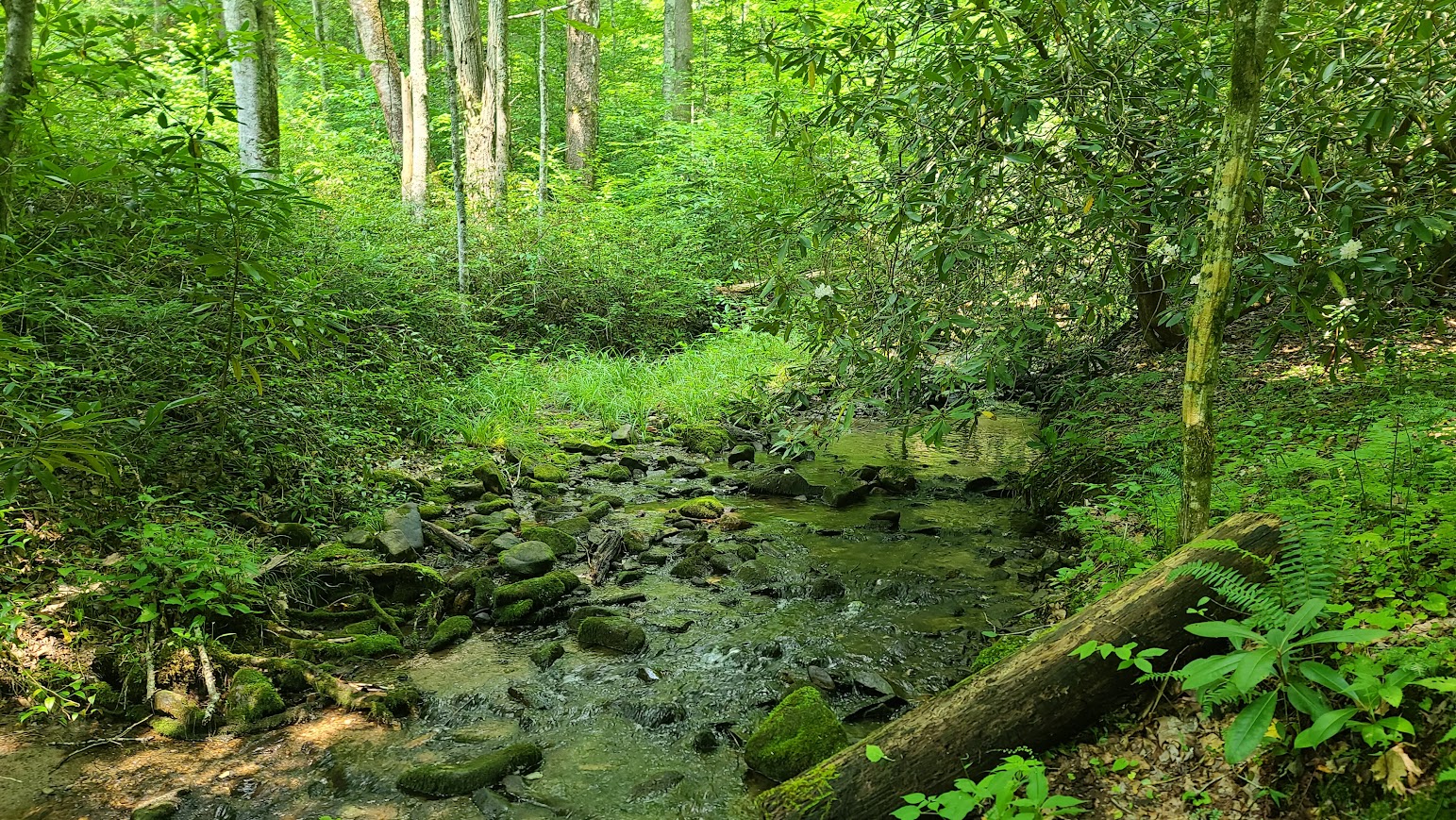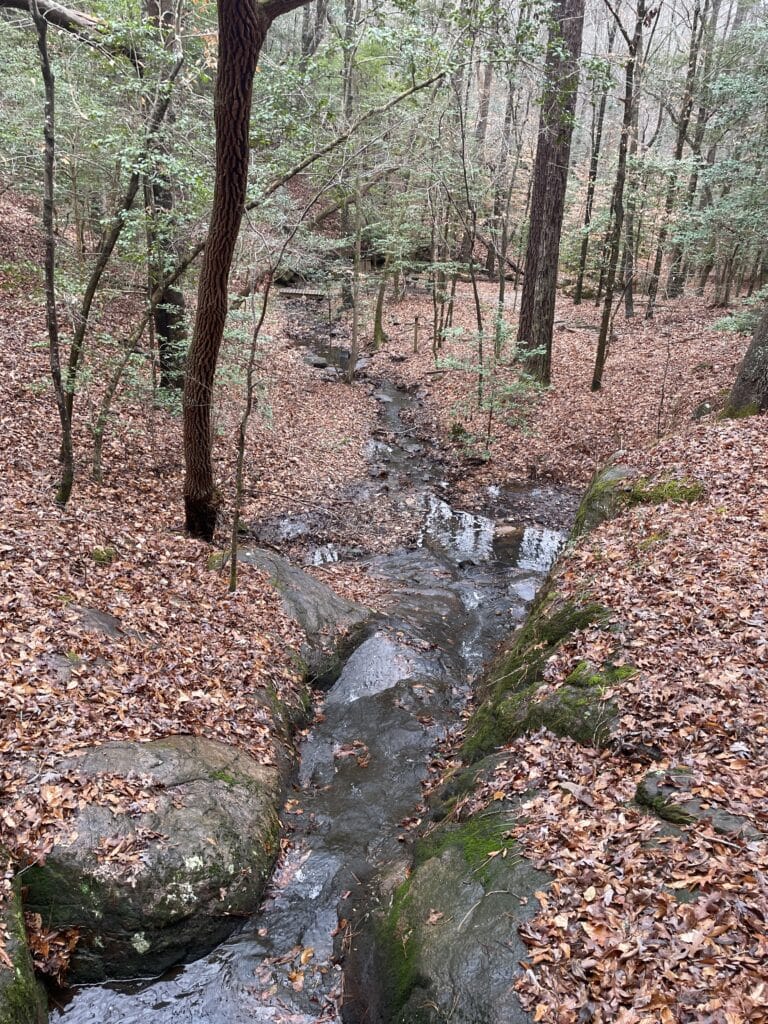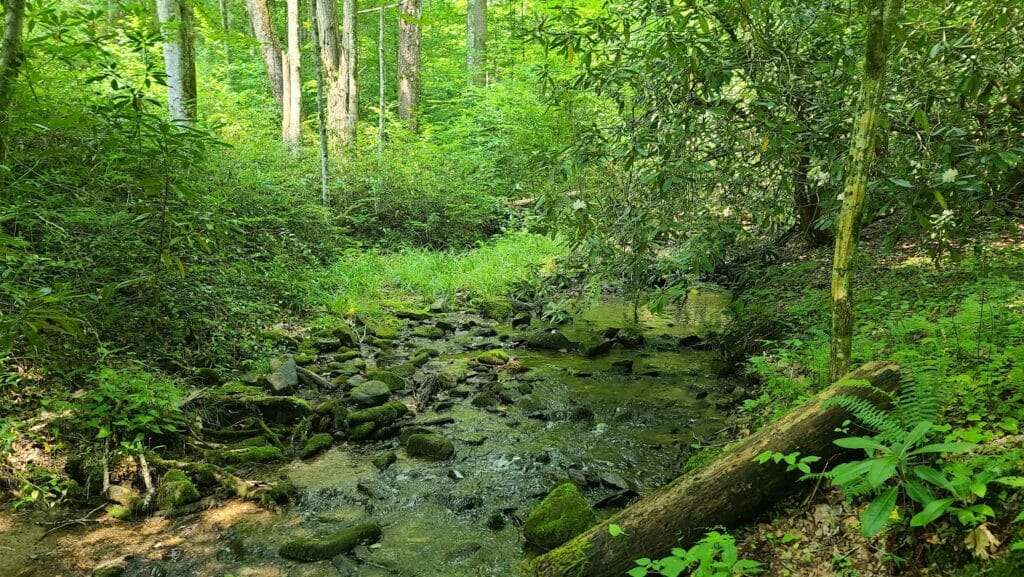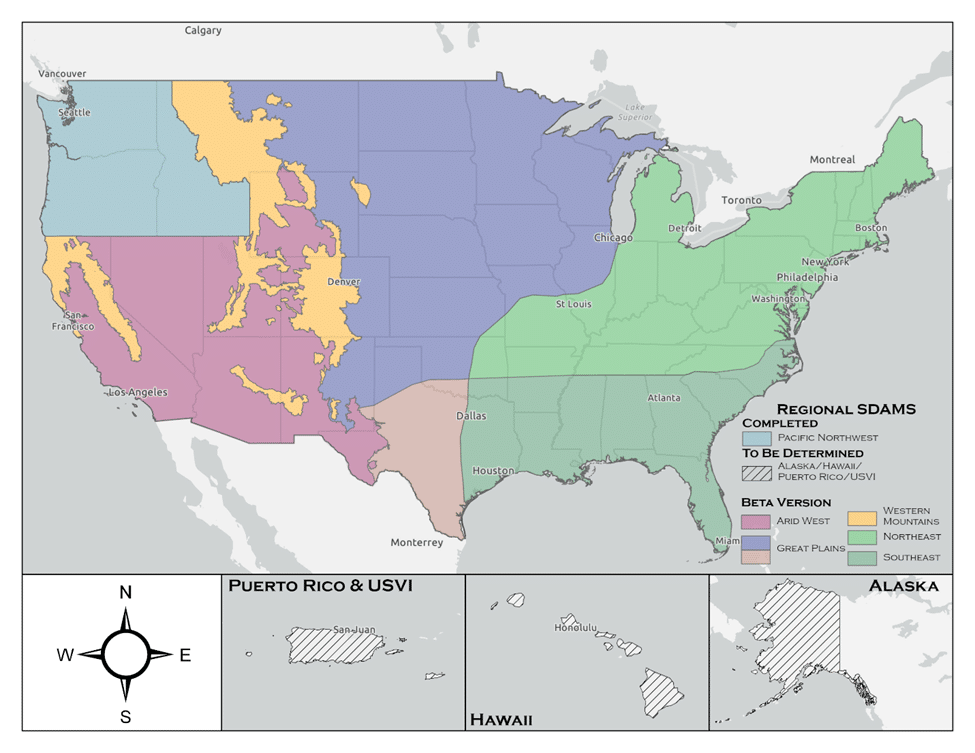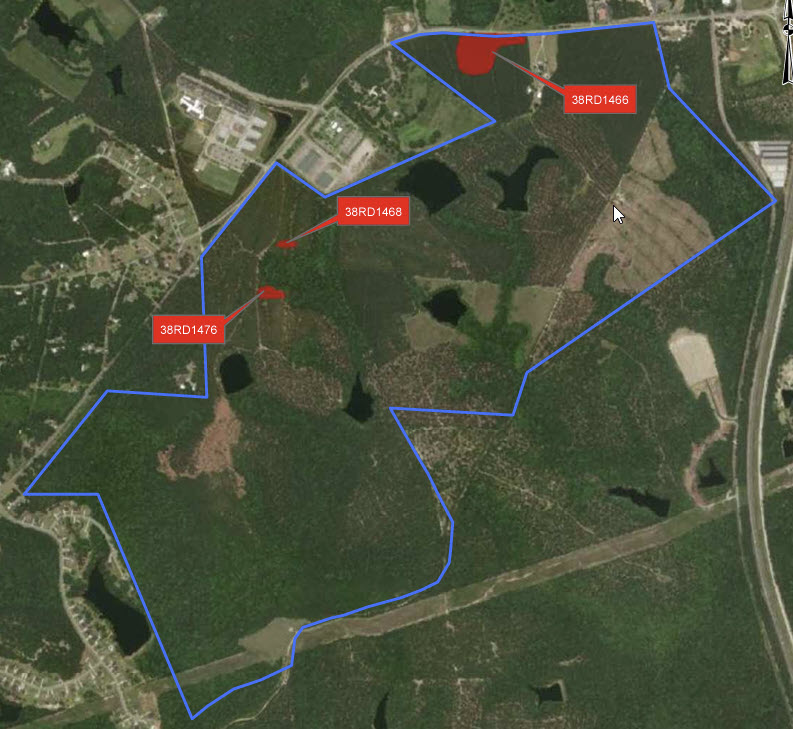
Wetland mitigation banking is an environmental policy tool used to compensate for the loss of wetland functions and values that may occur due to permitted development activities. It represents a market-based approach that allows for the restoration, creation, enhancement, or in some cases, preservation of wetlands to offset impacts from development. Mitigation banks are sites where wetlands and other aquatic resources are restored, created, enhanced, or, in exceptional cases, preserved expressly for the purpose of providing compensatory mitigation in advance of authorized impacts to similar ecosystem types.
History and Regulatory Framework
The concept of wetland mitigation banking emerged in the United States in the 1990s as a response to the loss of wetlands and the requirements of the Clean Water Act (CWA). Section 404 of the CWA establishes a program to regulate the discharge of dredged or fill material into waters of the United States, including wetlands. The U.S. Army Corps of Engineers (USACE) is tasked with permitting such activities, while the Environmental Protection Agency (EPA) provides oversight.
The goal of the CWA is to achieve “no net loss” of wetlands, a policy which has been supported by successive administrations since the late 1980s. Wetland mitigation banking became a practical tool to achieve this goal, providing a way to compensate for wetland losses with the restoration or creation of wetlands elsewhere, ideally leading to equal or greater ecological benefit.
Implementation of Wetland Mitigation Banking
Mitigation banking works on the principle of wetland credits and debits. When wetlands are impacted by development, a debit is incurred, which must then be compensated by purchasing credits from a wetland mitigation bank. These banks are sites where wetlands have been restored or created with the explicit purpose of providing such credits.
The banks themselves are usually operated by private entities, non-profit organizations, or government agencies. They must adhere to strict criteria regarding the ecological restoration and must have a long-term management plan to ensure the persistence of the wetland functions and values over time. Mitigation banks are required to establish financial assurances, such as trusts or letters of credit, to ensure that sufficient funds are available for long-term management.
Benefits of Wetland Mitigation Banking
Mitigation banking offers several advantages over traditional project-by-project mitigation. The scale of mitigation banking often allows for a more comprehensive approach to restoring wetland functions, such as hydrology, water quality, and habitat for wildlife. By consolidating mitigation efforts, banks can potentially restore larger, more ecologically valuable wetlands, rather than piecemeal, often less successful, on-site mitigation efforts.
Moreover, mitigation banking provides a more efficient permitting process for developers. Since the bank sites are pre-approved, developers can purchase credits quickly, allowing for timely project advancement while ensuring that mitigation requirements are met.
Economically, mitigation banking has fostered a new industry, creating jobs and opportunities for environmental restoration and management. It encourages private investment in natural resources and leverages market forces to achieve environmental objectives.
Challenges of Wetland Mitigation Banking
Despite its potential benefits, wetland mitigation banking faces several challenges. The success of a mitigation bank depends on the ecological success of the wetlands restored or created, which can take years or even decades to fully realize. The science of wetland restoration is complex, and outcomes are not guaranteed.
The regulatory framework around wetland mitigation banking can also be complex and variable across different USACE districts, leading to uncertainty for bank developers and customers. There’s also the challenge of ensuring that the mitigation banks provide a level of ecological function equivalent to the wetlands that were lost, known as “functional equivalency.”
Furthermore, there is the issue of “service area,” the geographic limit within which a bank can sell credits. It is essential to ensure that credits are used within an ecologically appropriate distance to maintain landscape-level ecological integrity.
Future Prospects
As recognition of the importance of wetlands to biodiversity, climate regulation, and water quality continues to grow, wetland mitigation banking may become even more prominent in environmental policy and conservation efforts. Innovations in restoration ecology, increased regulatory clarity, and new financing mechanisms could enhance the effectiveness and appeal of wetland mitigation banking.
In the face of climate change, wetlands play a critical role in carbon sequestration and in buffering against extreme weather events, such as storms and floods. Wetland mitigation banks can be strategically located to not only replace lost wetland functions but also to contribute to climate adaptation and resilience.
The use of advanced monitoring technologies, including remote sensing and ecological modeling, can improve the assessment and long-term management of mitigation banks. Additionally, there’s potential for integrating wetland mitigation banking with other market-based conservation tools, like conservation banking for endangered species, which could lead to more comprehensive ecosystem-based management approaches.
Wetland mitigation banking represents an innovative intersection of environmental science, policy, and market economics. It offers a pragmatic solution to the complex problem of wetland loss, aligning economic development with conservation objectives. While it presents challenges, its evolution and refinement could be instrumental in advancing the goal of no net loss of wetlands.
As society moves forward in developing sustainable strategies for land use, mitigation banking will likely continue to play a vital role in reconciling development pressures with the imperative to preserve vital wetland ecosystems. Its success will depend not only on sound science and effective regulation but also on the continued collaboration between developers, conservationists, regulators, and the public. With ongoing attention to these factors, wetland mitigation banking has the potential to serve as a model for balancing human needs with the ecological imperatives of our time.




